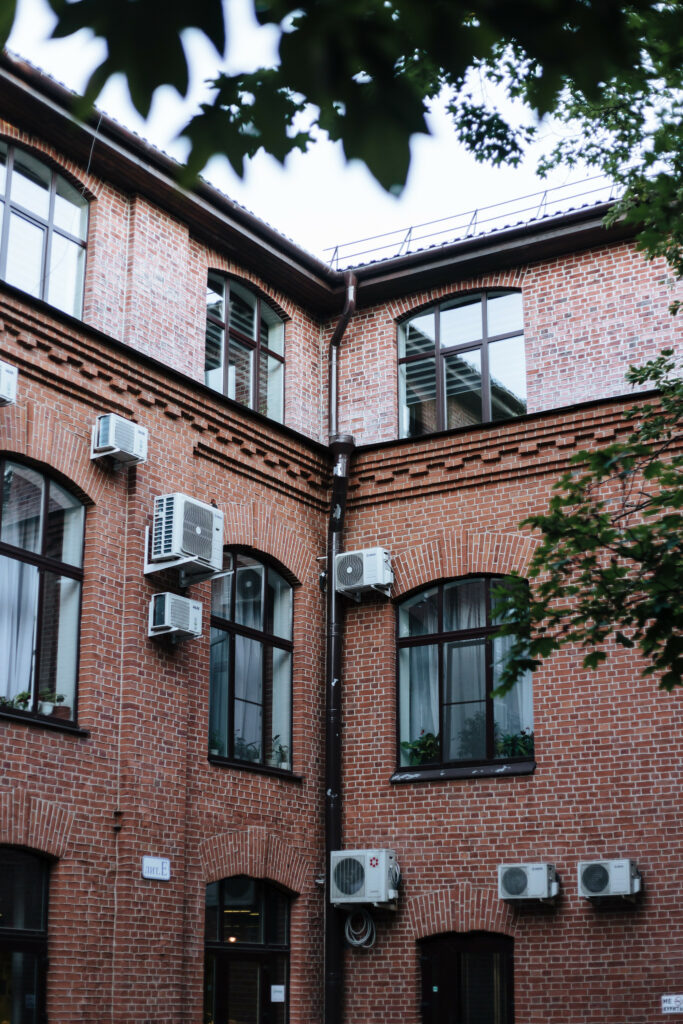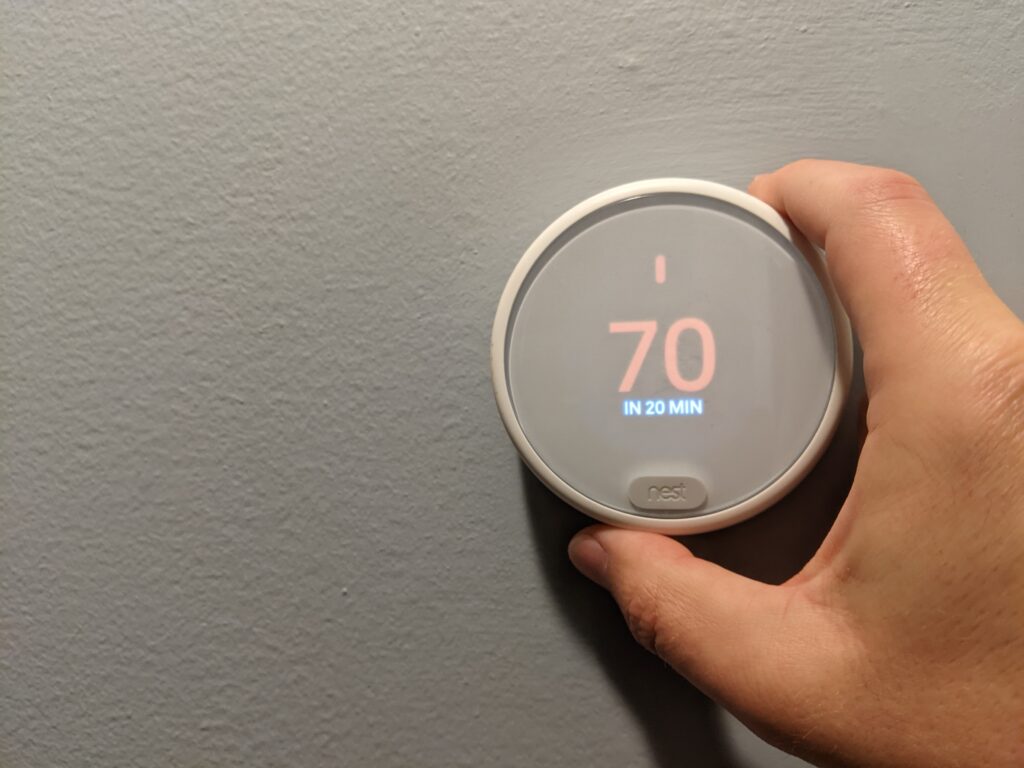Having the best-looking lawn on the block isn’t just about the growing season, it’s about taking the right steps throughout the year. Mowing and watering your lawn during the Summer will only do so much. As we’ve mentioned before, fertilizing, aerating, and dethatching are all necessary steps for a spectacular lawn. Here’s our easy lawncare guide and calendar so you don’t miss a beat.

Right Care for the Right Grass
Grass types are generally split into two categories depending on when they like to grow. Your lawn either has warm season or cool season grasses. The type of care depends on which type is predominately in your lawn. Take a moment to identify your grass type – don’t worry, I’ll wait here while you check it out.
Whichever type of grass it is, we have a lawncare calendar for you. Here are the details on each step you need to consider for your lawn. At the end, our calendars will highlight the best time to take action.
Prepare Your Mower
That’s right, if you have a gas or electric mower, your mower needs annual maintenance to make sure it’s running properly. We have some serious details on lawnmower maintenance in another article. For our purposes, make sure you set aside time to prepare your lawnmower before Spring, and store your lawnmower when things cool down.
If you’re like me and have a reel mower, just make sure those blades are still sharp. Also, if you’re like me, make sure you have a flat lawn for using your reel mower! Those inclines are tough!
Mowing
We’ll split mowing into three sections: tall mowing and regular mowing. Tall mowing is like giving your lawn a trim. You’re keeping everything fairly tall and only keeping it in check as the weather starts to warm. This will be a late-Winter and early-Spring activity. Depending on your grass type, you might only need to mow at this height once or twice.
Regular mowing is where the bulk of the work comes in. This is a weekly affair throughout the warmer months. A good rule is not to take off more than 1/3 of the total height of your grass. Any more than that and you’ll stunt root growth.
Later in the Fall, you can cut your grass a bit shorter. This helps prevent leaves from getting caught in tall grass and suffocating your lawn. It’s also easier to rake shorter grass.
Rake
Speaking of raking, a healthy lawn is clear of debris. Grass clippings in the Summer is okay since those will decompose and add nutrients back to your lawn. Anything else needs to get cleaned up. I rake my lawn once before my Spring lawn routine (all that’s next). This helps give my lawn a fresh start to the season.
The majority of raking will be in the Fall. Once leaves start to come down, make sure they don’t stay down for too long. A layer of leaves across your lawn will prevent it from getting the necessary sunlight, and it might not survive the Winter.
Dethatch, Aerate, and Seed
I take these lawncare steps all in one weekend (twice per year), so I’m putting them together for this article. Dethatching is like deep raking. It takes up all the dead plant matter that’s stuck to the ground. There are plenty of ways to dethatch. I have a steel rake that works well for my small yard. There are also powered dethatchers, similar to a lawn mower, that can do the hard work for you. Regardless of the method, once you’ve dethatched, rake up all that debris and toss it in your yard waste bin.
Aerating helps your lawn to breathe. You’re either making small holes, or pulling up plugs of dirt. The goal is to decompress the ground, allowing the grass to take root easier. It also helps hold water, nutrients, and keeps grass seed from washing away.
Which brings us to seeding. Go ahead and spread grass seed over your entire lawn, not just areas that need to be patched. With overseeding, your lawn will grow in that thick carpet of grass to make your neighbors jealous.
Set aside time twice per year to take on this routine. Once in the Spring, and once in Fall.
Fertilizing and Weed Control
Fertilizing and weed killers are what takes your lawn from green to wow! Fertilizer helps your grass look its best, and the weed killers help everything look uniform. Weeds also take away vital nutrients from your lawn, so it also helps your grass in that way, too. I fertilize 4 times per year:
- 2 – 4 weeks after your Spring “Dethatch, Aerate, and Seed” routine. Go ahead and use one that includes a weed killer if you want.
- Once in the middle of Summer. I include a weed “post-emergent” that helps keep weeds away.
- 2 – 4 weeks after your Fall “Dethatch, Aerate, and Seed” routine.
- Once in November with a winterizer. These promote root growth for the cooler months.
Watering Your Lawn
Here in Durham, Summer gets hot. Really hot. If you have a cool season grass like Fescue or Kentucky Bluegrass, it’s going to need some water. Warmer season grasses like Bermuda or Zoysia can withstand longer periods of hot weather, though it can help to water those, too.
For cool season grasses, water your lawn once per week (if we haven’t gotten any rain in that week) for an hour. Some agriculture scientists over at the University of California have figured out that watering less often (once per week, not every day) for longer periods of time (an hour, not 15 minutes) is better for your lawn.
For warm season grasses, you can skip a week in between watering. Though, when the temperature hits 3-digits, I make sure to water a little sooner then next time. Warm season grasses like the heat, just not the desert.
A Year-Round Lawncare Routine
Most homeowners think lawncare is just about the Summer, and who can blame them? That’s when we hear the hum of lawnmowers on Saturday mornings. With just a little planning, and these simple steps throughout the year, you’ll have the best lawn on the block!







Leave a Reply